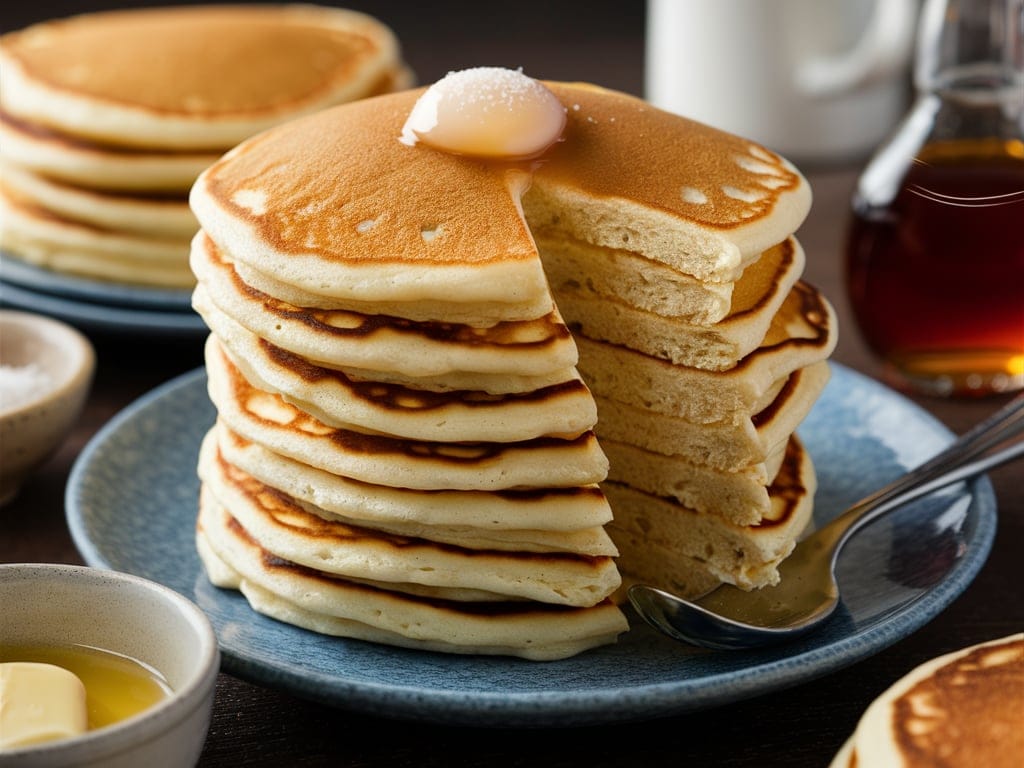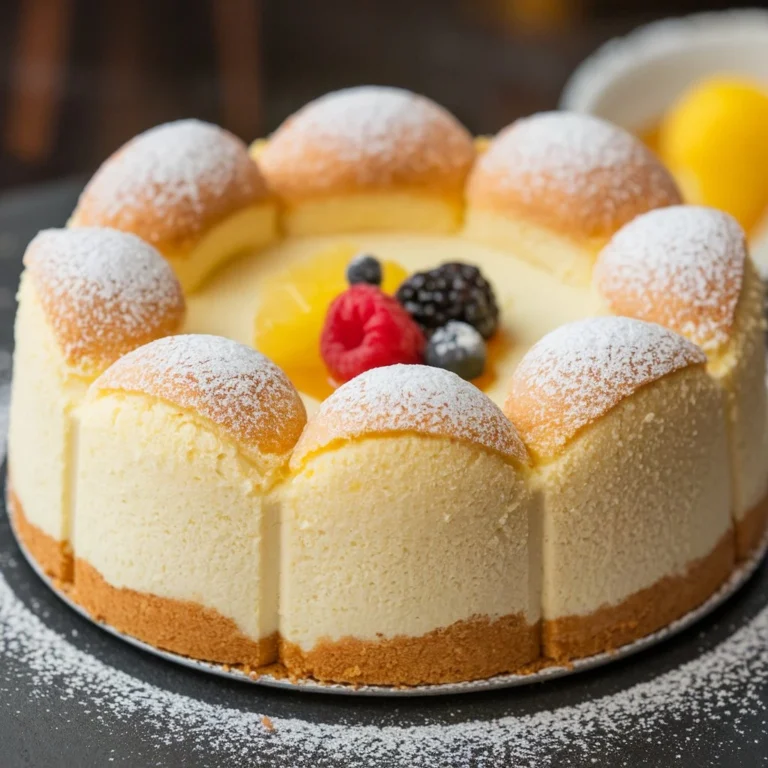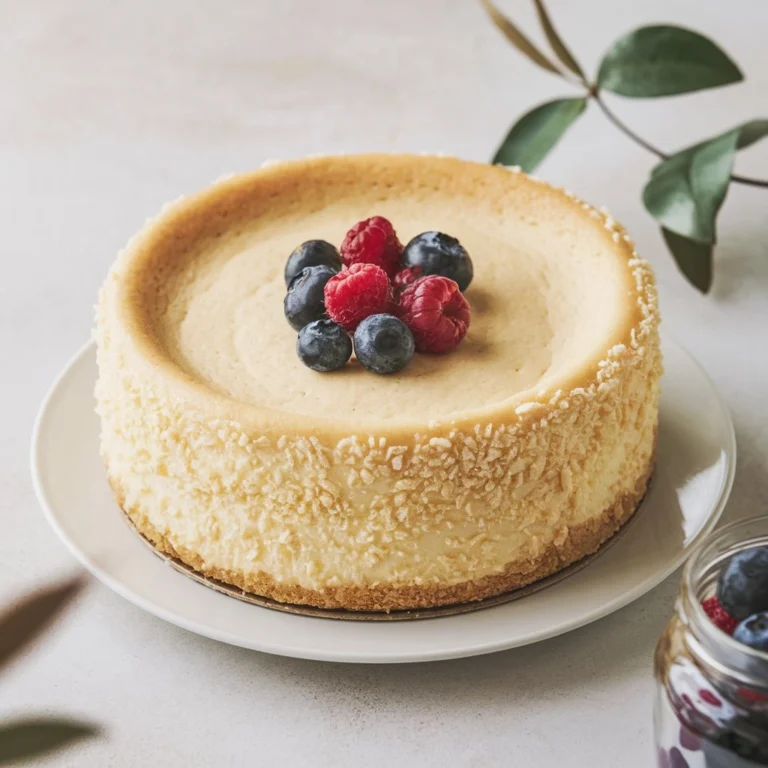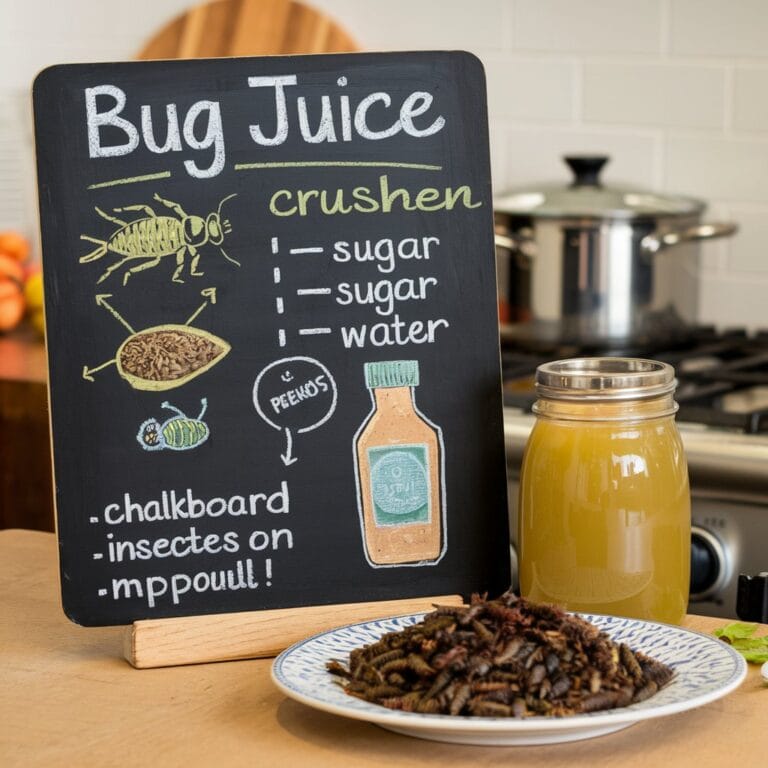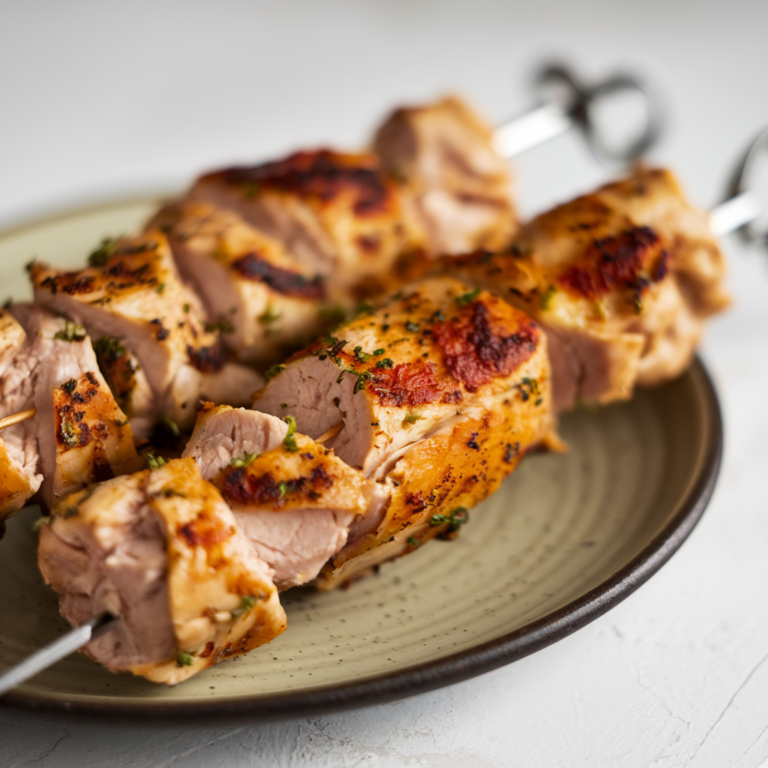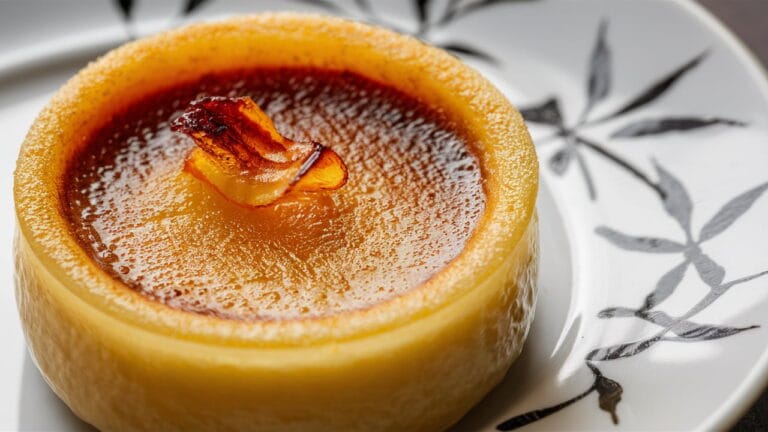Pancake Recipe No Milk: Fluffy and Dairy-Free
Introduction to Pancake Recipe No Milk
In a world where breakfast often reigns supreme, pancakes are an undisputed champion. However, what happens when you wake up craving a fluffy stack of pancakes only to realize you’re out of milk? Or perhaps you’re catering to someone with lactose intolerance or a dietary preference that excludes dairy. Fear not—pancake recipe no milk are not only possible, but they can also be incredibly delicious.
In this comprehensive guide, we’ll explore the ins and outs of making pancake recipe no milk. You’ll learn how to substitute milk effectively, how to achieve the perfect texture, and even how to enhance your pancakes with various flavors and toppings. By the end of this article, you’ll be equipped with everything you need to create the perfect stack of dairy-free pancakes that are just as satisfying as their traditional counterparts.
If you’re interested in expanding your baking repertoire, you might also enjoy exploring other unique recipes like Earl Grey Cookies, which offer a delightful twist on traditional flavors.
Understanding the Role of Pancake Recipe No Milk
Milk is a staple ingredient in many pancake recipes, and its role is multifaceted. It not only adds moisture to the batter but also contributes to the overall texture and flavor of the pancakes. Milk helps to dissolve the dry ingredients, creating a smooth, cohesive batter that’s easy to pour and cook. Additionally, the fat content in milk adds richness to the pancakes, while the natural sugars contribute to browning, giving the pancakes that beautiful golden color.
However, when you don’t have milk on hand, or if you’re avoiding dairy for health or ethical reasons, there are plenty of alternatives that can step in without sacrificing flavor or texture. Understanding how to substitute milk in pancakes is key to achieving the same fluffy, moist results.
For those who want to dive deeper into the science behind pancake ingredients, check out The Science Behind Fluffy Pancakes, which explains how various components like flour, eggs, and leavening agents interact.
Substituting pancake recipe no milk
When it comes to substituting milk in pancakes, the good news is that there are many options available. Each alternative offers its own unique flavor and texture, so you can choose one that best suits your taste or dietary needs.
Water as a Milk Substitute
One of the simplest and most accessible substitutes for milk in pancake recipes is water. While water lacks the creaminess and slight sweetness that milk provides, it’s a perfectly viable option that will still yield delicious pancakes. To compensate for the lack of flavor, you might want to add an extra teaspoon of vanilla extract or a tablespoon of sugar to the batter.
Plant-Based Milks on pancake recipe no milk
If you prefer a milk substitute that more closely mimics the properties of dairy milk, plant-based milks are an excellent choice. Options like almond milk, soy milk, oat milk, and coconut milk each bring their own unique characteristics to the table:
- Almond Milk: Light and slightly nutty, almond milk adds a subtle flavor to pancakes. It’s lower in calories and fat than regular milk, making it a good choice for those watching their calorie intake.
- Soy Milk: With a slightly thicker consistency and more protein than other plant-based milks, soy milk is a robust substitute. It works well in pancakes and provides a neutral flavor.
- Oat Milk: Creamy and slightly sweet, oat milk is an excellent choice for pancakes. It adds a richness that’s closer to dairy milk and works particularly well in vegan pancake recipes.
- Coconut Milk: Rich and flavorful, coconut milk adds a hint of tropical sweetness to pancakes. It’s thicker than most other plant-based milks, so you may need to dilute it with a bit of water to achieve the right consistency.
Other Liquid Substitutes
Beyond plant-based milks and water, there are other liquids you can use in place of milk in pancakes. Some of these may seem unconventional, but they can add interesting flavors and textures:
- Fruit Juice: Apple juice or orange juice can add a fruity twist to your pancakes. Keep in mind that the flavor of the juice will come through, so choose a juice that complements the other ingredients in your recipe.
- Carbonated Water: Using carbonated water can give your pancakes an extra lift, making them lighter and fluffier. The bubbles in the water help to aerate the batter, resulting in pancakes with a delightful texture.
- Buttermilk Substitute: If you’re aiming for that tangy flavor that buttermilk provides, you can make a simple buttermilk substitute by adding a tablespoon of vinegar or lemon juice to a cup of plant-based milk or water. Let it sit for a few minutes before adding it to your batter.
For those who enjoy experimenting with flavors in their baking, consider trying a Pumpkin Banana Loaf. This recipe blends the sweetness of bananas with the warm spices of pumpkin for a delicious, moist loaf that’s perfect for breakfast or snacking.
Detailed No-Milk Pancake Recipe
Essential Ingredients for Your Pancake Recipe No Milk
To make the perfect stack of pancake recipe no milk, you’ll need the following ingredients:
- 1 ½ cups all-purpose flour: The base of the pancake batter, providing structure.
- 2 ½ teaspoons baking powder: The leavening agent that helps the pancakes rise and become fluffy.
- ½ teaspoon salt: Enhances the flavor of the other ingredients.
- 1 ½ tablespoons sugar: Adds sweetness to the batter, balancing the flavors.
- 1 ¼ cups water: Replaces milk in the batter, providing the necessary liquid without altering the flavor too much.
- 1 egg: Binds the ingredients together and adds richness to the batter.
- 3 tablespoons melted butter: Adds moisture and a rich, buttery flavor to the pancakes.
- 2 teaspoons vanilla extract: Infuses the batter with a warm, sweet aroma.
Step-by-Step Guide to Pancake Recipe No Milk
- Mix the Dry Ingredients: In a large mixing bowl, sift together the flour, baking powder, salt, and sugar. Sifting ensures that all the dry ingredients are evenly combined and helps to aerate the flour, which contributes to lighter pancakes.
- Add the Wet Ingredients: Make a well in the center of the dry ingredients and pour in the water, egg, melted butter, and vanilla extract. Using a whisk, mix the ingredients until just combined. The batter should be smooth, but be careful not to overmix, as this can make the pancakes tough.
- Heat the Griddle: Preheat a non-stick griddle or large frying pan over medium-high heat. If you’re using a griddle, set the temperature to 300-350°F. Lightly grease the surface with butter or a non-stick spray.
- Cook the Pancakes: Pour ¼ cup of batter for each pancake onto the griddle. Cook until bubbles start to form on the surface of the pancakes and the edges look set, about 2-3 minutes. Flip the pancakes and cook for another 1-2 minutes on the other side, until golden brown and cooked through.
- Serve Immediately: Remove the pancakes from the griddle and serve them immediately with your favorite toppings. Enjoy your delicious pancake recipe no milk while they’re still warm and fluffy.
For more tips on achieving the perfect pancake texture, check out this guide on substituting milk in baking, which offers insights into how different liquid substitutes can affect your baking results.
Common Mistakes to Avoid in Your Pancake Recipe No Milk
Even with a simple recipe, there are a few common mistakes that can turn your pancake dreams into a culinary disaster. Here’s how to avoid them:
Overmixing the Batter
One of the most common mistakes people make when preparing pancake batter is overmixing. When you mix the batter too much, you develop the gluten in the flour, which can result in tough, chewy pancakes. The key is to mix the batter until the ingredients are just combined—some lumps are okay.
Incorrect Heat
Cooking pancakes at the wrong temperature is another common error. If the griddle is too hot, the pancakes will brown too quickly on the outside while remaining undercooked on the inside. On the other hand, if the griddle isn’t hot enough, the pancakes won’t rise properly, and they’ll turn out dense and flat. Aim for medium-high heat and give the griddle plenty of time to preheat before you start cooking.
Using the Wrong Consistency
The consistency of the batter is crucial to achieving the perfect pancake. If the batter is too thick, the pancakes will be dense and heavy. If it’s too thin, they’ll spread out too much and turn out flat and rubbery. The ideal pancake batter should be thick but pourable, similar to the consistency of heavy cream. If your batter is too thick, add a bit more water or your chosen liquid until you reach the right consistency.
Not Greasing the Griddle
Even if you’re using a non-stick griddle or pan, it’s still important to grease it lightly before cooking the pancakes. This helps to ensure that the pancakes don’t stick and that they develop a nice, even golden-brown color. A small amount of butter or non-stick spray will do the trick.
Flipping Too Early or Too Late
Timing is everything when it comes to flipping pancakes. Flip them too early, and they won’t have time to set properly, leading to a gooey mess. Flip them too late, and they may burn or become too dry. The best time to flip pancakes is when bubbles start to form on the surface, and the edges look set. Use a thin, wide spatula to lift and flip the pancakes in one smooth motion.
Flavor Variations and Add-Ins
One of the joys of making pancakes is the endless possibilities for customization. Here are some ideas for flavor variations and add-ins that can take your no-milk pancakes to the next level:
Cinnamon Pancakes
Add 1 ½ teaspoons of ground cinnamon to the dry ingredients for a warm, spicy flavor that pairs beautifully with maple syrup or fresh fruit.
Fruit Pancakes
Incorporate fresh or frozen fruit into the batter for a burst of flavor in every bite. Blueberries, sliced bananas, and chopped strawberries are classic choices, but you can get creative with other fruits like raspberries, peaches, or even pineapple.
Nutty Pancakes
For added texture and flavor, stir a handful of chopped nuts into the batter. Walnuts, pecans, and almonds work particularly well. If you’re using a sweet topping like syrup or honey, the nuts provide a nice contrast.
Chocolate Chip Pancakes
For a sweet indulgence, fold a handful of chocolate chips into the batter. The chocolate will melt slightly as the pancakes cook, creating gooey pockets of sweetness. For an extra treat, top the pancakes with whipped cream or a drizzle of chocolate sauce.
Savory Pancakes
Who says pancakes have to be sweet? Try making savory pancakes by adding ingredients like chopped herbs, shredded cheese, or cooked bacon to the batter. Serve them with a dollop of sour cream or a side of scrambled eggs for a hearty breakfast or brunch.
Nutritional Information and Serving Suggestions
Nutritional Breakdown
Here’s a rough estimate of the nutritional content for one serving (two pancakes) of no-milk pancakes:
- Calories: 226 kcal
- Carbohydrates: 34g
- Protein: 6g
- Fat: 8g
- Saturated Fat: 4g
- Cholesterol: 70mg
- Sodium: 440mg
- Fiber: 1g
- Sugar: 4g
This nutritional breakdown assumes the use of water as the liquid and includes the butter and sugar in the recipe. Keep in mind that the numbers will vary depending on the specific ingredients and add-ins you use.
Serving Suggestions
Pancakes are incredibly versatile and can be served in countless ways. Here are a few serving suggestions to inspire your next pancake breakfast:
- Classic: Drizzle the pancakes with warm maple syrup and top with a pat of butter for a simple, yet satisfying breakfast.
- Fruit and Cream: Top the pancakes with fresh berries, a dollop of whipped cream, and a sprinkle of powdered sugar for a light and refreshing option.
- Nutty Delight: Spread the pancakes with almond or peanut butter and top with sliced bananas and a drizzle of honey for a protein-packed start to your day.
- Chocolate Lovers: Serve the pancakes with a drizzle of chocolate sauce, a sprinkle of mini chocolate chips, and a dusting of cocoa powder for a decadent treat.
- Savory Stack: Pair the pancakes with crispy bacon, scrambled eggs, and a side of avocado for a hearty, savory breakfast.
Storage and Reheating Tips
Pancakes are best enjoyed fresh off the griddle, but if you have leftovers, here’s how to store and reheat them:
- Storage: Let the pancakes cool completely, then stack them between layers of parchment paper to prevent sticking. Place the stack in an airtight container or resealable plastic bag and store in the refrigerator for up to 3 days.
- Freezing: To freeze pancakes, place them in a single layer on a baking sheet and freeze until solid. Once frozen, transfer the pancakes to a resealable freezer bag. They can be frozen for up to 2 months. To reheat, simply pop them in the toaster or microwave until warmed through.
- Reheating: Reheat pancakes in the microwave by placing them on a microwave-safe plate and heating on high for 20-30 seconds per pancake. For a crisper texture, reheat them in a toaster oven or regular oven at 350°F for 5-7 minutes.
Frequently Asked Questions
Can I use water instead of milk in pancakes?
Yes, water is a perfectly acceptable substitute for milk in pancakes. While it won’t add the same richness or flavor as milk, the pancakes will still turn out fluffy and delicious. To enhance the flavor, consider adding an extra teaspoon of vanilla extract or a tablespoon of sugar to the batter.
What can I use instead of milk in pancakes?
There are several alternatives to milk that you can use in pancake recipes, including almond milk, soy milk, oat milk, coconut milk, and even carbonated water. Each substitute will add its own unique flavor and texture to the pancakes, so feel free to experiment and find your favorite.
How do I make pancake recipe no milk?
To achieve fluffy no-milk pancakes, make sure your batter has the right consistency—thick but pourable, similar to heavy cream. Additionally, use a fresh leavening agent like baking powder, and cook the pancakes on a preheated griddle at the right temperature. You can also add a splash of carbonated water to the batter for extra lift.
Can I use baking soda instead of baking powder in pancakes?
Baking soda can be used in place of baking powder, but you’ll need to add an acid to activate it, such as vinegar, lemon juice, or buttermilk. Keep in mind that baking soda is much stronger than baking powder, so you’ll need to use less of it—about ¼ teaspoon of baking soda for every teaspoon of baking powder.
Can I make the pancake batter ahead of time?
Yes, you can make pancake batter ahead of time and store it in the refrigerator for up to 24 hours. Just be sure to give it a good stir before using, as the ingredients may separate over time. If the batter thickens too much, add a splash of water or your chosen liquid to thin it out before cooking.
Can I freeze pancakes?
Absolutely! Pancakes freeze very well and can be a convenient option for quick breakfasts. To freeze pancakes, let them cool completely, then place them in a single layer on a baking sheet and freeze until solid. Transfer the frozen pancakes to a resealable freezer bag and store in the freezer for up to 2 months. To reheat, simply pop them in the toaster or microwave until warmed through.
Conclusion of Pancake Recipe No Milk
Making pancake recipe no milk is not only possible, but it can also be a delicious and rewarding experience. By understanding the role of milk in pancake recipes and knowing how to substitute it effectively, you can create a stack of pancakes that’s just as fluffy, moist, and flavorful as traditional pancakes. Whether you’re using water, plant-based milk, or another liquid substitute, the possibilities are endless.
For more delicious recipes and tips, check out other breakfast ideas like Pumpkin Banana Loaf and Healthy Pancake Alternatives. With these resources at your fingertips, you’ll be well on your way to mastering the art of breakfast cooking and beyond.
So, next time you find yourself without milk, don’t fret—just whip up a batch of no-milk pancakes and enjoy a satisfying, dairy-free breakfast that’s sure to please everyone at the table. Happy cooking!

